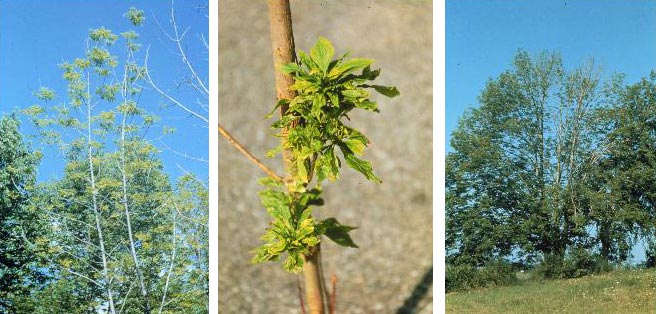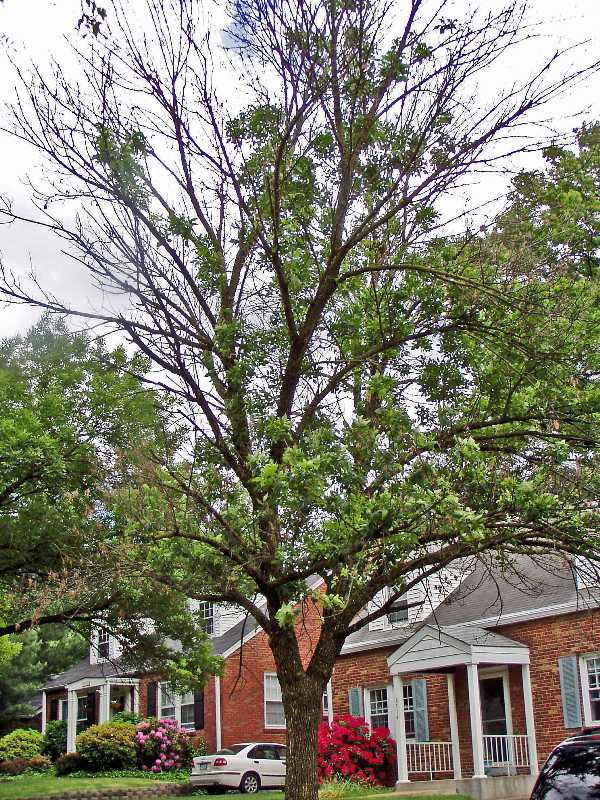Ash Yellows





Ash yellows is a fatal bacteria that affects green and white ash trees. This disease is spread by aphids or leaf hoppers. The insects pass the disease from tree to tree by feeding on an infected tree then moving to a new tree to feed. Some common findings from ash yellows are extreme dieback starting in late fall and signs showing in the spring of the following year. Up to 70% canopy loss can be spotted in many trees in one year. This disease is spreading very fast in the Minneaoplis metro area and early signs can be spotting in most of the residential trees.
The easiest way to spot this disease comes in the late summer to early fall season when stress from the disease starts to show up on trees. Random sections of the tree will start turning yellow when the weather is not permitting trees to turn their fall colors. The yellow leaves will stay on the tree for the rest of the season and the sections will grow in size as the bacteria spreads within the living layer of the tree.
In the spring spotting small signs of this tree may be difficult. What you are looking for is dieback in the canopy. Specifically in areas where the seeds were on the tree. In the case of ash yellows the stems that held the tree will still be intact on the tree and will not have fallen. From the ground the appearance is similar to having dead needles on a pine tree in little groupings.
Ash yellows is very serious and diagnosis for ash yellows should be carried out before any Emerald Ash Borer treatment is done. This disease is not treated the same as EAB so it must be approached different.
Treatment
Treatment for ash yellows requires a systemic injection of anti-bacterial that suppresses the disease. Treatments for this can be carried out in the spring or fall depending on the trees condition. Vigor must be added to trees that are effected with ash yellows as immediate dieback will occur.
Contact a professional today to learn more about this disease and make the proper decision for your trees.